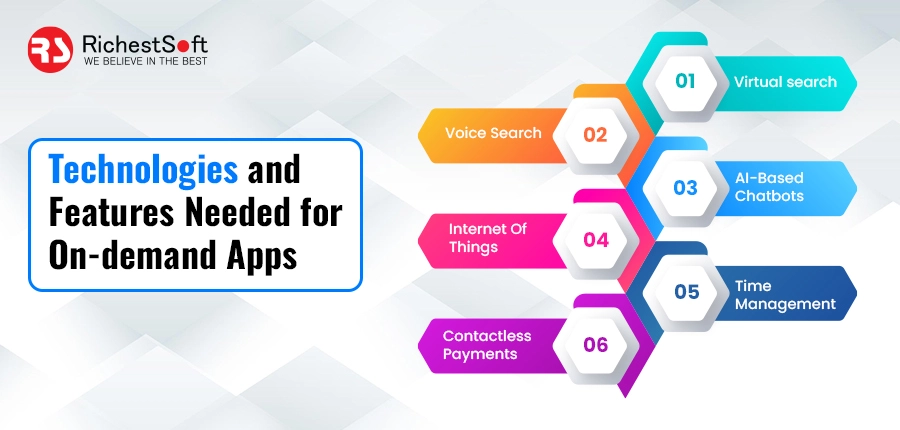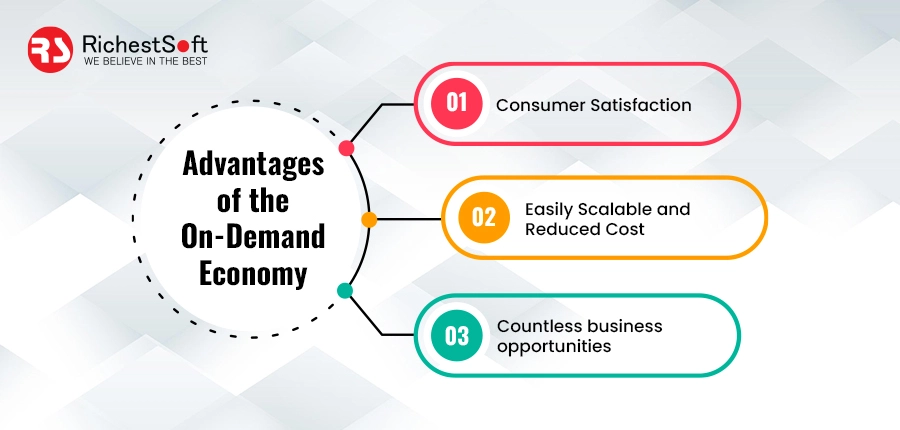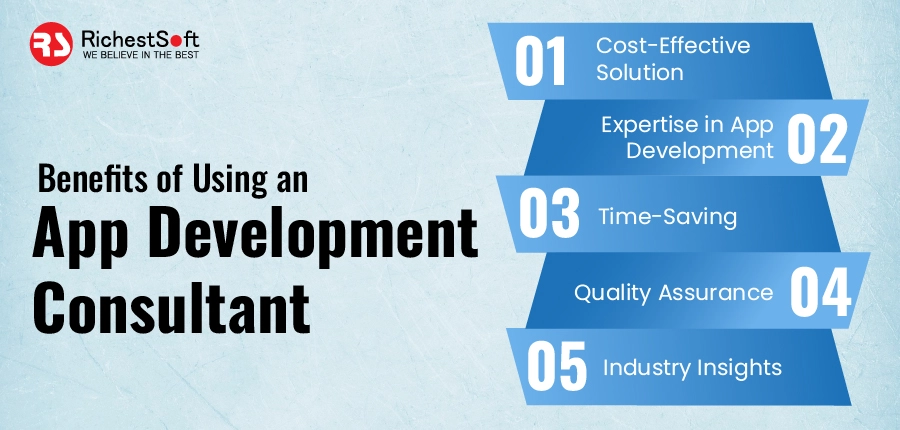By joining an on-demand plan of action in dissimilar enterprises, the on-demand economy has filled enormously newly. Serving customers by understanding client requirements is the excellent central point of the on-request strategy of action. Thus, the on-demand economy is not going away anytime very soon. Approximately, everybody else understanding this would use an on-demand service by the end of the day. Also, our engagement with the on-demand economy is merely increasing more ironclad, whether consumer items on eCommerce websites, groceries, or even food delivered directly to our doorsteps or it’s on-demand entertainment, obtaining fashion.
Almost all the best mobile app development companies in India know what impact the on-demand will have on your business. The on-demand economy has transformed the mode businesses service consumers, making it the most eminent business model of this time.
What is an On-demand Economy?
An on-demand economy aids to meet purchaser necessities by providing fast access to services and products. Transportation, restaurants, retail, grocery shops, and healthcare are among the zones where on-demand services are gaining demand. On-demand, services are formed using mobile technologies to provide your on-demand service while you are on the go. The on-demand economy is making at an unusual pace as customer behavior shifts to value quick, simple, and well-organized services. Quickness, convenience, and straightforwardness are key significances for consumers trying to get their requirements satisfied. The convenience of choosing one’s hours is particularly appealing and fills free time to persons with capabilities that can fulfill increasing customer demand.
Annual On-Demand Economy Breakdown
The on-demand economy is a business idea that bonds together services and digital technology. Most people are not aware, that with a value estimated to reach $161.74 billion by 2023, the on-demand food delivery sector has become one of the supreme market shares in the economy. According to a recent report, the on-demand market will be worth nearly $335 billion as an economy by 2025. Not only that, but on-demand customers together spend $56.7 billion each year on on-demand services and products. In the U.S, customers spend nearly $57 billion every year on the on-demand economy to serve approximately 22 million clients, according to a recent report. According to a PwC report, the market for on-demand mobile applications is predictable to reach nearly $335 billion by 2025. The on-demand economy has several promises to survive upcoming pandemics. On-demand app development continues to embellish across all industry and geographies sectors, whether it’s for on-demand shopping, education, food delivery, or telemedicine.
How the On-Demand Economy Works?
The on-demand economy functions by taking services of hairstyling, cosmetics application, food delivery, or handyman repairs, and linking consumers and suppliers with today’s technology. This connection is frequently made through a technology service, such as a smartphone app or website, with both participants creating accounts to use the service. They access the app, enter their criteria, and send a request to attach with a service worker when a consumer requires a service.
The service supplier is then informed of the service request through the app and heads out to finish the work for the customer. When the service is completed, payment is normally made through the technology business. As the technology business functions as a safe guarder and distributor of private information, this makes sure that no personal information is shared between third parties. Following service, both parties are asked to provide ratings and comments for one another to guarantee service quality and develop the system.
Advantages of the On-Demand Economy
On-demand, solutions are profitable and popular since they positively match customers’ needs for flexibility and give quick access to information.
✅ Consumer Satisfaction
Consumer satisfaction is one of the most important
benefits of the on-demand business. The expectations of today’s clients are
diverse. They have resources to research, investigate, and estimate before
making a single purchasing choice, which means, they are more advanced. They
desire quick attention to their demands and a personalized experience. Client
happiness is vital in today’s global market. On-demand services allow
businesses to meet the demands of their customers in a more cost-effective,
well-organized, and appropriate manner. In the peer-to-peer approach, both
customers and providers communicate, interact, and cooperate to make sure the
greatest consumer service.
✅ Easily Scalable and Reduced Cost
The cost-effectiveness of this approach is one of the
biggest reasons why companies favor it. The on-demand economy allows
initiatives to run and begin at a lower cost than the old business model.
Starting a business is simple thanks to the underlying structure of
technologies and third-party marketplaces. There is no requirement to train and
hire workers, nor is there any requirement to invest in organization setup,
since technology helps in the formation of your business. Technology also makes
scaling easier as it permits you to have an online attendance to increase
resources on-demand.
✅ Countless business opportunities and sustainable business model:
You will have more opportunities and a larger network to
shape your business. you must reach out to a big number of people in order to
increase a company’s visibility. There are presently a variety of marketplaces
where you may register your company and begin offering services or selling
products. This economy encourages ecologically friendly means such as
recycling, reuse, self-organized business operations, decentralized logistics,
and more flexibility. This is beneficial for freelancers and small enterprises.
Reusing and renting can assist to decrease resource and usage pollution.
Technologies and Features Needed for On-demand Apps

➡️ Virtual search
Customers naturally make use of multiple keywords to search for similar things. In many cases, human beings know what they want but can’t express it efficiently. The cost-effective way to address client requests is a Visual search integration into retail purchasing apps. They can take real-life photos, print web screen images or the system will provide the most correct match to your range.
➡️ Voice Search
Navigation and Voice search are two structures that may assist an app get to the topmost. According to Google, voice searches account for nearly 20% of all searches, and this number is expected to climb. The software will distinguish many dialects and languages thanks to artificial intelligence’s capability to make hyperlocal features.
➡️ AI-Based Chatbots
If something goes wrong or they need help on services and products, a chatbot driven by artificial intelligence is the best way to reach out to customers. This technology has advanced to the point that it looks like a human being. It is also cheaper as businesses do not have to pay consumer service representatives every month.
➡️ Internet Of Things and drone deliveries
The Internet of Things (IoT) is gaining software development and traction, for this sector has several opportunities. In the upcoming time, smart devices will be able to measure health parameters, with the user being able to see the sanctions and consequences on their smartphone. It is a commendation to contactless collaboration, which many companies have already experimented with. The next generation of applications will need to consist of abilities like genuine delivery tracking and be connected with logistics operations.
➡️ Time Management
It’s a compliment to the contactless collaboration that many organizations have formerly looked at. Though, it is achievable that seeing drones delivering coffee in the morning may become every day in the upcoming years. By incorporating features and logistics systems, the next generation of applications will need to be integrated.
➡️ Contactless Payments
We the revolution of peer-to-peer payments and the rise of the fintech industry. Financial transactions are tremendously rapid and safe when using blockchain technology. Customers will get a bill, buy, and pay using an app that should connect with payment systems in the future. You need to wait until you see how things will unfold in 2017 if you consider the on-demand economy was big in 2016. The on-demand economy is rising at a planetary pace and the powerful impacts of this development will be practiced in just about every industry.
What it Means for the Business World:
Even for organizations that run autonomously of the on-demand economy, the impacts will be sensed. The development in these sections is actually transforming many parts of the American workplace. Precisely, the below-written are some fluctuations by a top mobile app development company:
✅ The appearance of online service marketplaces
These are not the only platforms of their type while most customers are familiar with online service marketplaces like Uber. Many other marketplaces are popping up around the globe and they all have one focus or they all have a secret sauce as per business consultant Glenn Laumeister. The secret sauce is not the technology, though that plays a significant secondary role. It is the single-minded compulsive focus on resolving one large widespread problem for the purchasers and eliminating that resistance that happened in transacting offline.
Built and solved at scale when the solution is understood, this ‘secret sauce’ allows marketplaces to rise exponentially. More and more industries are determining their own variety of this secret sauce, and it’s making a current effect on numerous businesses. As an outcome, industries are being required to reconcile and answer with these changes. In the future, if you see dozens of new online service marketplaces appear to fill voids that exist in their respective businesses, do not be surprised. Not all will be successful, but some will be turned out into billion-dollar businesses like Uber.
✅ Increased emphasis on entrepreneurship
In history, there have been two kinds of fruitful professionals: one is those who would classify themselves as businesspersons and prefer to blaze their own paths, and second, those who prefer to work for other people and discover opportunities with businesses that have significant growth potential. Between these two categories, the on-demand economy is sort of distorting the lines. Entrepreneurship now saturates each level of the business world, and it’s conceivable for specialists to have one foot in both.
You can take the Indian marketplace UrbanClap as an instance. This significant platform has enabled hundreds of local service professionals in India to raise their earning potential by offering a new path for business. In other words, it’s making a high level of entrepreneurship that was not earlier thinkable in some businesses. This augmented importance of entrepreneurship is constantly altering the workplace. Industries now have to admire the statistic that their staff are uncovered to entrepreneurship and may want to experiment with the idea.
✅ Demand for personalized work

Clients have gotten a taste of personalization and they
demand more. This signifies a chance to pivot for businesses that run
businesses where on-demand services have not yet taken root. You will have a
real winner if you can offer what everybody else is offering, only with faster
service and better personalization. The worry is that you are not the only
person who comprehends this. Large numbers of businesses are working hard to be
the first ones in the marketplace in their position. Consequently, it will not
be long formerly improved personalization is obtainable around the board.
✅ Workplace flexibility becoming more significant
Entrepreneur Adam Fridman proclaims that the 9-to-5 workday is dead, particularly with apps designed for the on-demand economy. Data reveals that an on-demand employee is probably to work part-time, with nearly 70% of part-timers selecting to work as sovereign servicers in the on-demand economy to make more money. For flexible work, this is impartial the newest development in the demand. As work-life balance has become an enormous emphasis for millennials around the globe, we have seen businesses reply with flexible scheduling, distant working policies, and even limitless holiday days. The development of the on-demand economy may mean that more individuals will become involved in spreading their time between multiple gigs or accumulating part-time work.
FAQs
Q1: What are some of the most common sectors that use on-demand apps?
Ans: Food delivery, ride-hailing, healthcare, e-commerce, and logistics use on-demand apps. They give companies a more rapid means of providing convenient services and goods to customers.
Q2: How can businesses successfully implement and adopt on-demand app technology?
Ans: The key to successfully implementing and adopting on-demand app technology is ensuring the solution is tailored to your business’s needs and objectives. Properly assessing the current state of your organization, understanding the customer processes involved, and providing adequate staff training can help ensure a smooth transition.
Q3: How are on-demand mobile application development apps transforming businesses?
Ans: These apps enable businesses to quickly and conveniently manage accounts, customize products, order things, and access various services from any device. It can lower expenses, shorten product development times, enhance customer satisfaction, boost worker output, and do many other things.
Q4: What kinds of apps for the on-demand marketplace do you create, and how might they help my business?
Ans: Our on-demand marketplace app development makes it simple and quick for customers to buy goods and services. You may boost sales, loyalty, and client reach by enhancing the user experience.
Q5: How to hire the best on-demand app developers?
Ans: Hiring the finest on-demand app developer is difficult, but there are certain measures you can take to make the correct choice. First, check the developer’s familiarity with your project’s technological stack. Check their portfolio and request client reviews. Before signing the contract, know their availability, cost, and other factors.
Conclusion
So those were the key figures we were able to gather from a number of consistent sources and analyze. As you can grasp, the development of on-demand delivery apps is inevitable, and the preferably you understand this, the better. If you are seeking a suitable on-demand delivery app solution, we suggest getting in contact with us. We will offer you mobile app development services and help you with conceiving and launching one of the best versions of your on-demand app.
Source link







Leave a Reply